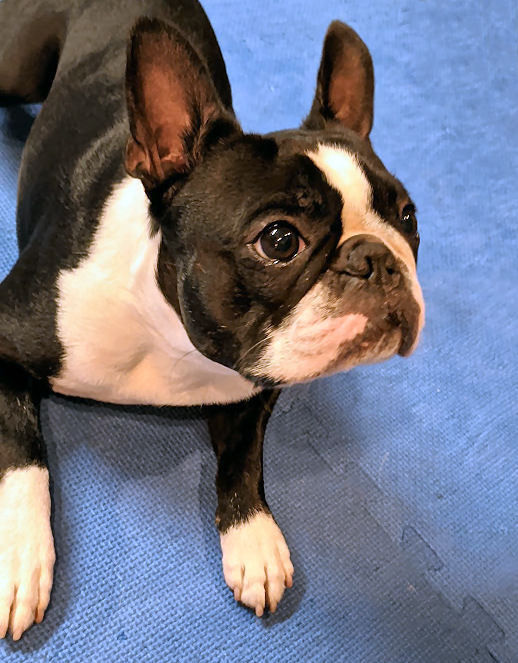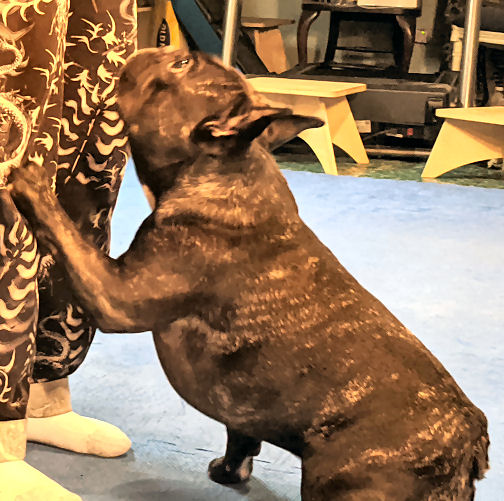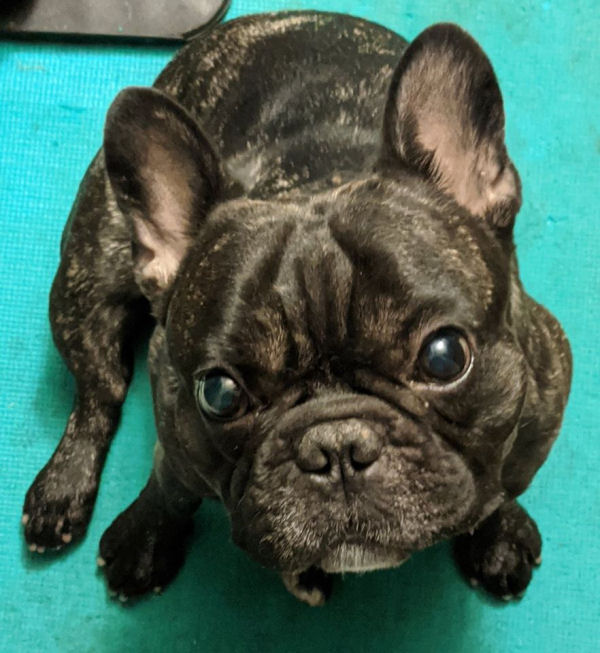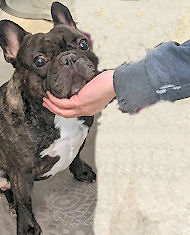Dog training is a joy, not a chore. If it feels like work, or just another obligation, it’s time for a reset.
For the kabillionth time, if you’re not having fun playing training games with your dog, you’re doing it wrong.
It’s probably not your fault. Society puts dog training in the “something you gotta do” category. Get a dog, go to class. Then, after you “graduate,” you can have fun with your dog.
Hogwash! Every single piece of training your dog should have elements of joy. Admittedly, there are some things that are more fun than others.
Potty training a puppy isn’t all that much fun, especially when the weather’s lousy and you’re standing in it. But there are inklings – when your dog gets it right and bounces when you praise and reward. When you realize there hasn’t been an accident in days. When you say “Potty!” in the right spot and the puppy does it! Success is always fun.
Dogs just want to have fun

One of Hope’s obedience competition students said her dog doesn’t like doing the “Down!,” so she doesn’t practice it much. Predictably, her dog, when told to “Down!” is hesitant and slow.
The student and her dog are caught in a feedback loop. They’re feeding off each other’s distaste for the exercise. Since this team wants to compete in both Obedience and Rally, not having a “Down!” is a big problem.
Some people may just practice more, longer, harder. That’s not the way to achieve a slam-to-the-floor “Down!” on command. To get that enthusiasm, the dog has to love doing something. They’ll do whatever you ask (eventually) just because you asked it. But to generate the joy – they have to love the game.
We told our student to stop practicing “formal” downs. Or formal anything, for that matter. Incorporate training games into everyday life. If you’re walking down the hall to your bathroom, grab a treat, call your dog, walk briskly, and ask for a sudden “Down!” Celebrate, reward, and that’s it.
Part of every day
If your dog lags behind you when you’re walking, run a few steps, turn around, and play-wrestle with your dog. “Where were you?” “I was looking for you!” Chances are, the next few steps your dog will not only be with you, but watching your face. And probably smiling.
This week’s competition class started with introducing a game to the teams. Every handler/dog team got a plastic cone. And strict instructions that whatever the dog did with the cone; looked at it, sniffed it, pawed at it, swatted it across the room, was to be praised and rewarded. Even though all of these people know about training games, they resisted at first.
After just a few minutes, the cones went away and we practiced the warm-up heeling around the room. That’s what we usually start class with.
And it was a revelation to the people how much better their dogs performed. There were smiles all around the room – both the dogs and people. Because dog training is a joy.



